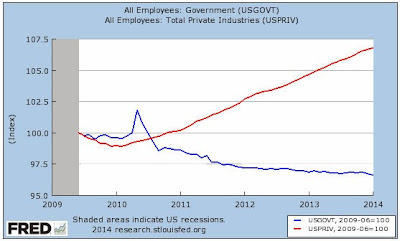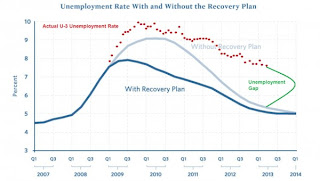Dualism -vs- Non-Dualism...
Learn Religion - Dualism and nondualism (or non-duality) are words that come up frequently in Buddhism. Here is a very basic explanation of what these terms mean.
Dualism is a perception that something -- or everything, including reality itself -- can be sorted into two fundamental and irreducible categories. In western philosophy dualism most often refers to the view that phenomena are either mental or physical. However, dualism could refer to perceiving many other things as a contrasting pair -- male and female, good and evil, light and dark.
Not everything that comes in pairs is a duality. The yin-yang symbol of Chinese philosophy might look dualistic, but it's actually something else. According to Taoism, the circle represents the Tao, "the undifferentiated Unity out of which all of existence arises." The black and white areas of the symbol represent the masculine and feminine energies from which all phenomena take existence, and both yin and yang are Tao. They are also part of each other and cannot exist without each other.
In the tradition of Vedanta that is the basis of most modern-day Hinduism, dualism and nondualism refer to the relationship between Brahman, the supreme reality, and everything else. Dualistic schools teach that Brahman exists in a separate reality from the phenomenal world. Nondualistic schools say that Brahman is the only reality, and the phenomenal world is an illusion superimposed on Brahman. And please note this is a gross simplification of very complex philosophical systems.
SKIP
Nondualism in Mahayana Buddhism
Buddhism proposes that all phenomena inter-exist; nothing is separate. All phenomena are perpetually conditioning all other phenomena. Things are the way they are because everything else is the way it is.
Mahayana Buddhism teaches that these interdependent phenomena also are empty of self-essence or inherent characteristics. All distinctions we make between this and that are arbitrary and exist only in our thoughts. This doesn't mean that nothing exists, but that nothing exists the way we think it does.
If nothing is separate, how do we count the myriad phenomena? And does that mean everything is One? Mahayana Buddhism often comes across as a form of monism or the teaching that all phenomena are of one substance or are one phenomenon in principle. But Nagarjuna said that phenomena are neither one nor many. The correct answer to "how many?" is "not two."
The most pernicious dualism is that of the subjective "knower" and an object of knowing. Or, in other words, the perception of "me" and "everything else."
In the Vimalakirti Sutra, the layman Vimalakirti said that wisdom is "the elimination of egoism and possessiveness. What is the elimination of egoism and possessiveness? It is freedom from dualism. What is freedom from dualism? It is the absence of involvement with either the external or the internal. ... The internal subject and the external object are not perceived dualistically." When the dualism of subjective "knower" and object of "knowing" does not arise, what remains is a pure being or pure awareness.
What about the dualities between good and evil, samsara and nirvana? In his book Nonduality: A Study in Comparative Philosophy (Humanity Books, 1996), Zen teacher David Loy said,
"The central tenet of Madhyamika Buddhism, that samsara is nirvana, is difficult to understand in any other way except as asserting the two different ways of perceiving, dually and nondually. The dualistic perception of a world of discrete objects (one of them being me) which are created and destroyed constitutes samsara." When dualistic perceptions do not arise, there is nirvana. Put another way, "nirvana is the nondual 'true nature' of samsara."








Comments
Post a Comment
RN USA is a No Judgement Zone (to steal from Planet Fitness), so please, No Judgement of others. We reserve the right to delete any such comment immediately upon detection.
All views are welcome. As long as the comment is on topic and respectful of others.